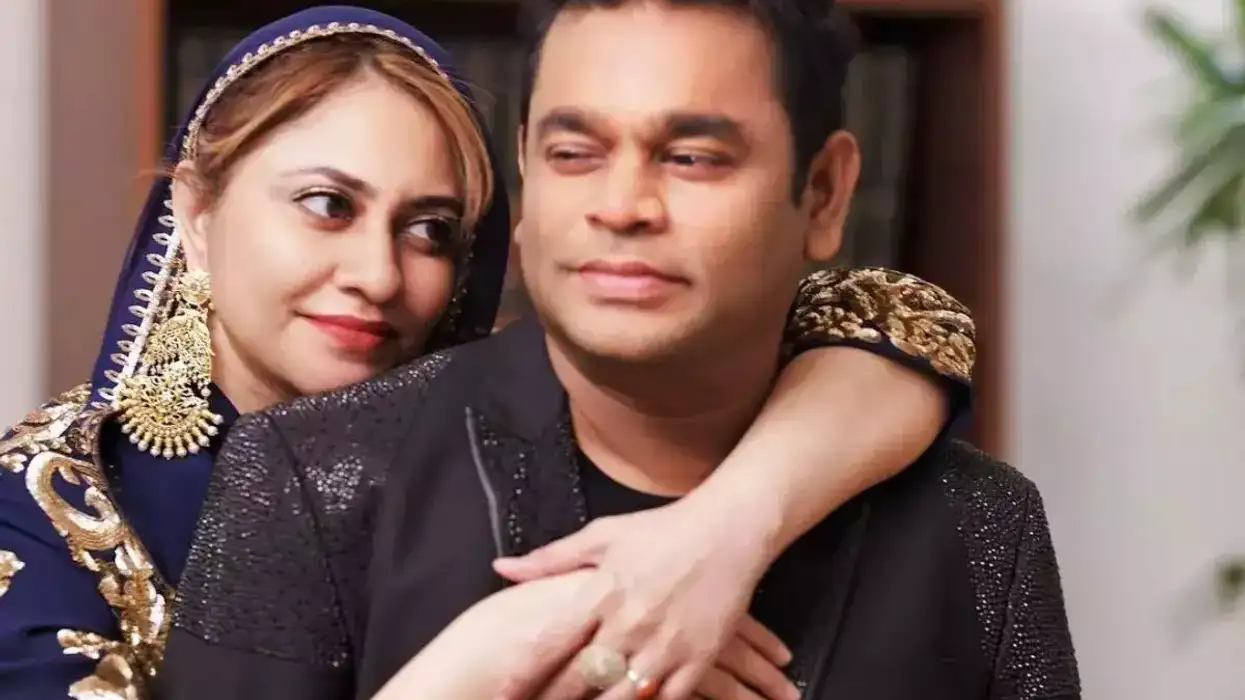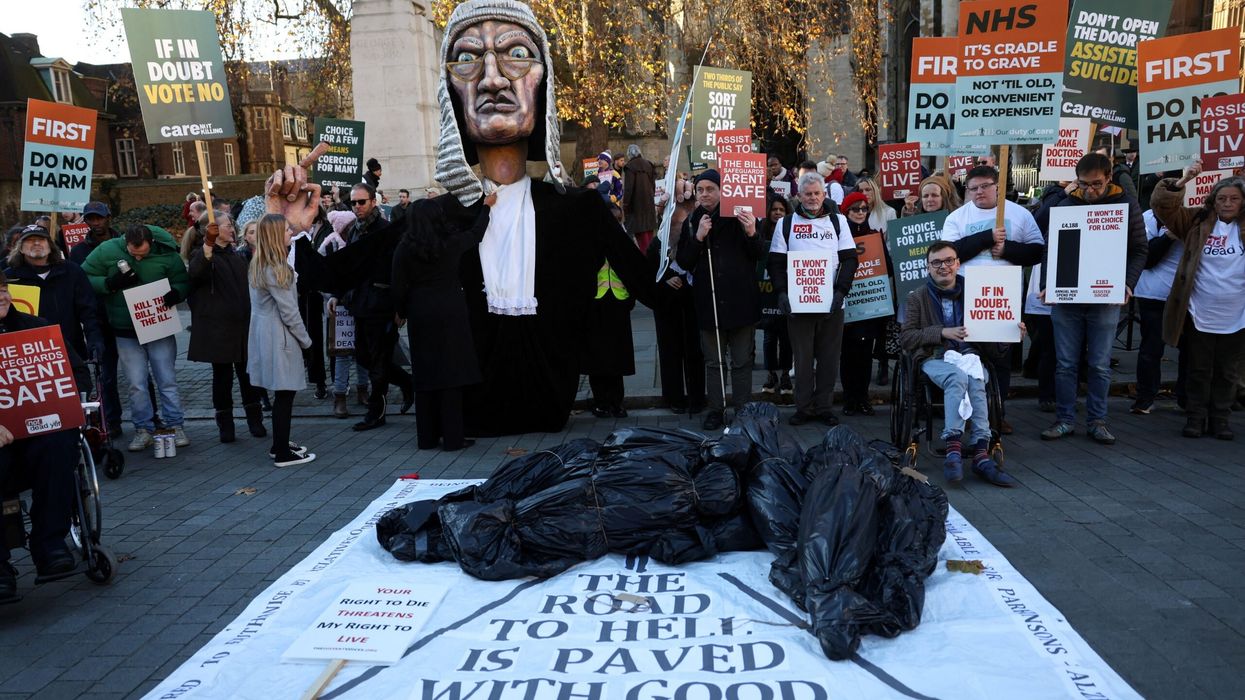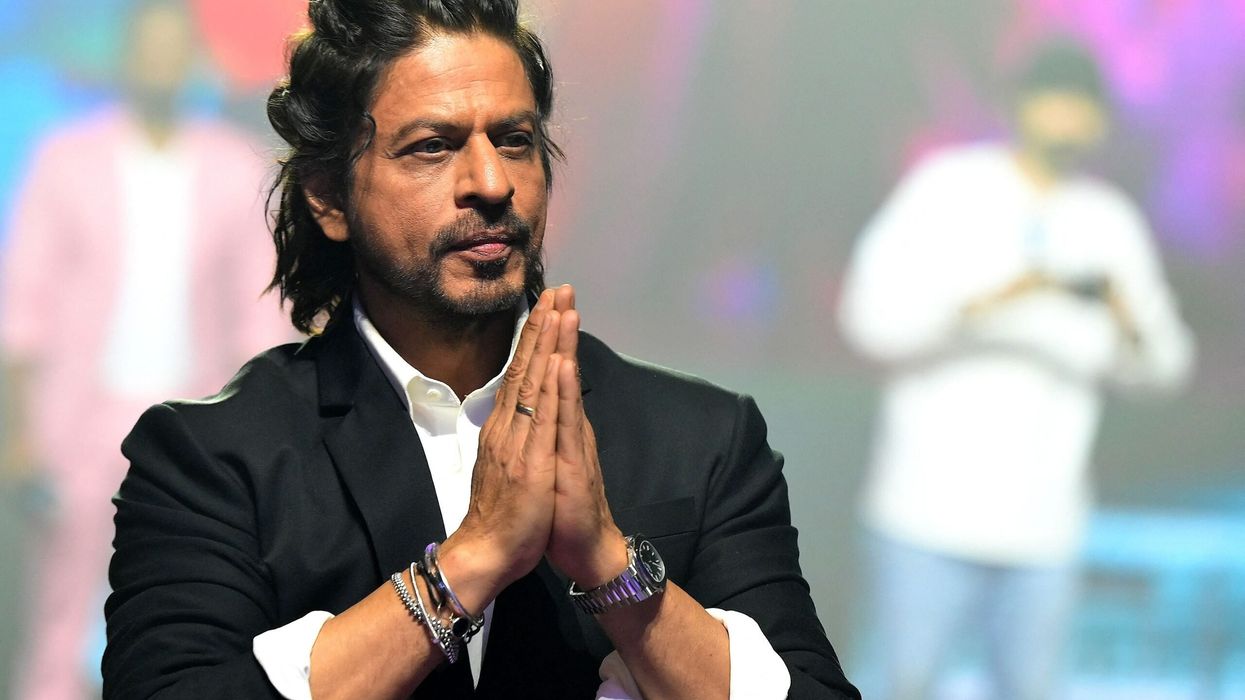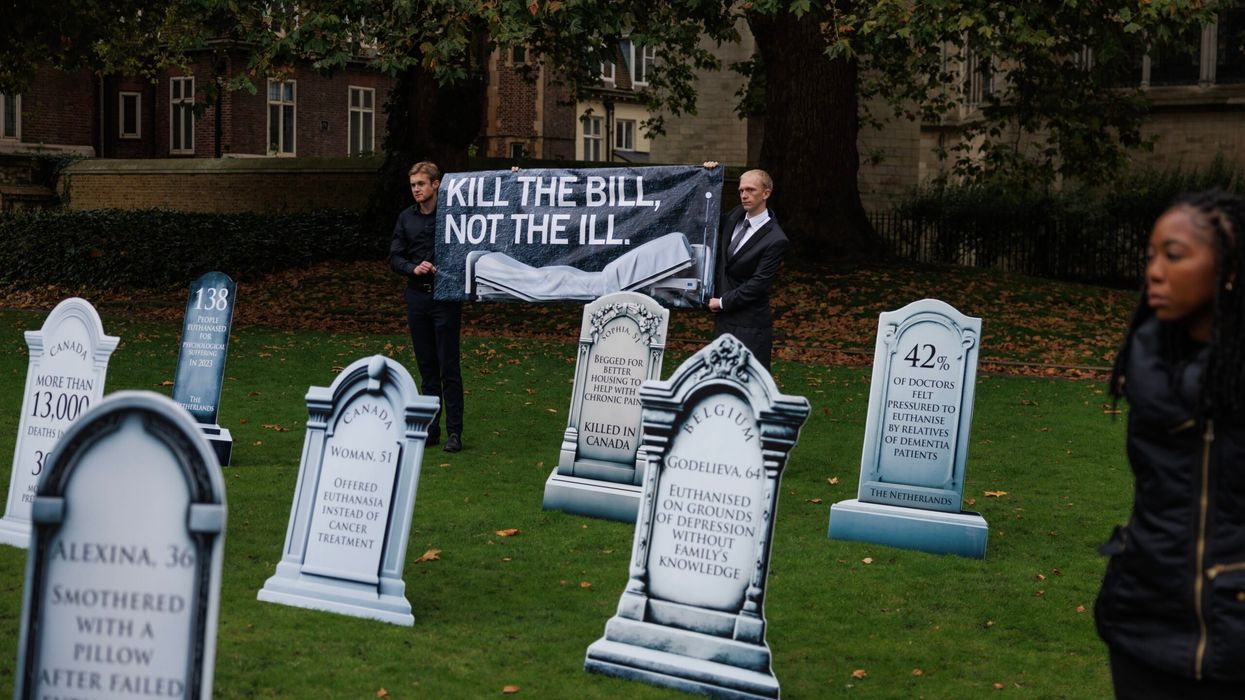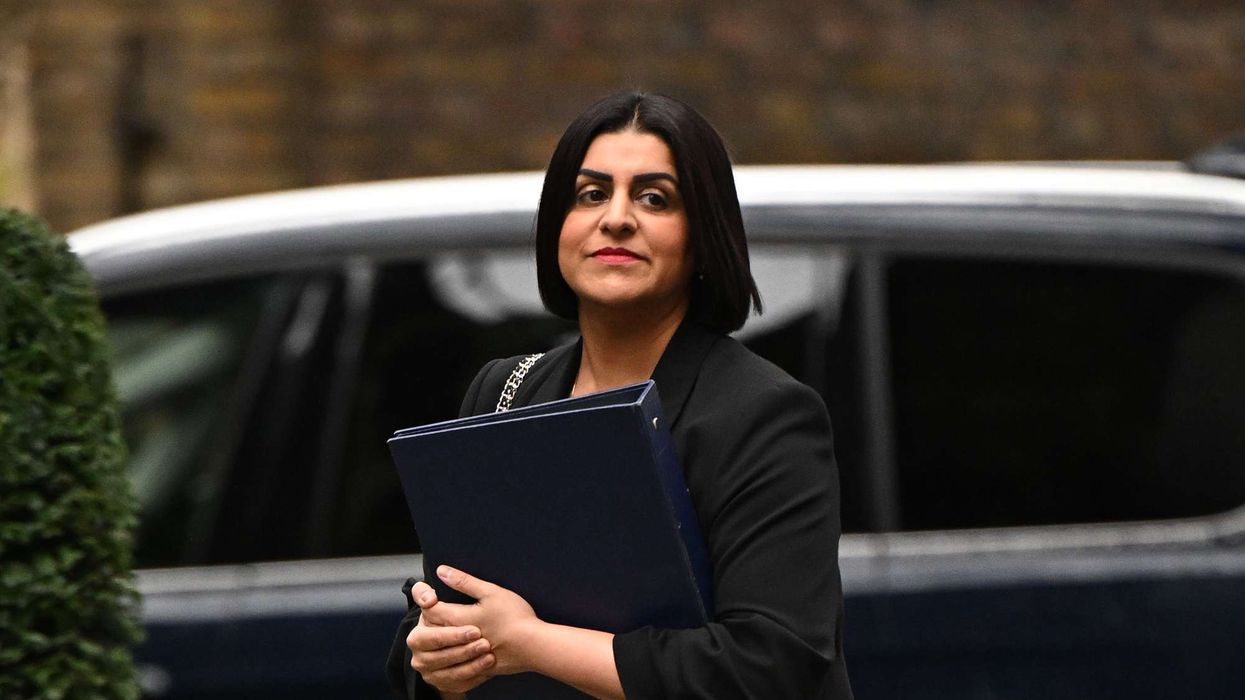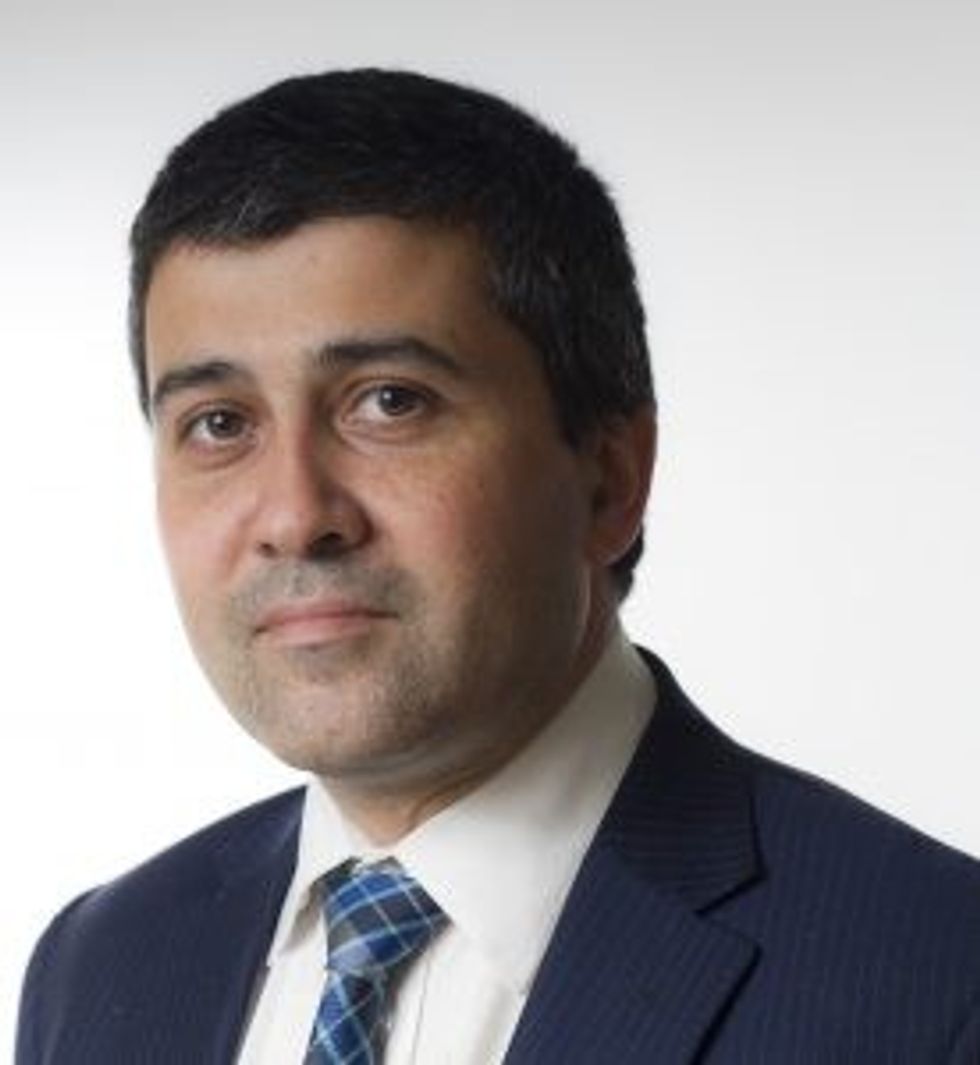By Amit Roy
THE Queen has set an example by letting it be known that she and Prince Philip have both had the Covid-19 vaccine in an effort to reassure those still worried about its safety.
The vaccines were administered by a household doctor at Windsor Castle where the royal couple have been living during the lockdown. By last Saturday (9), they were among 1.5 million people to have been vaccinated. The only concession made to them was that unlike other elderly folk, they did not have to queue in the cold.
It was the Queen who decided that the British public should be told she and Philip, who are 94 and 99 respectively, had been vaccinated. “To prevent inaccuracies and further speculation, Her Majesty decided that she would let it be known she has had the vaccination,” according to a Buckingham Palace source.
What was not revealed is whether they had the Oxford-AstraZeneca vaccine or the one made by the Pfizer-BioNTech. Like everyone else, they will need a second dose in due course.
It is said the royal family has held progressive views on vaccination.
It was a very similar picture in 1950s Britain, during the programme to roll out a vaccine against polio. The disease, at its peak in the previous decades, had paralysed or killed more than half a million people worldwide every year, many of them young children.
Despite the threat posed by poliomyelitis, the introduction of a vaccine in 1956 by the newly established National Health Service was still greeted with suspicion by many parents. That was in part because of reports that some children in the US had developed polio and others died after taking the new vaccine.
In a move designed to win round public opinion, the palace briefed the press that the Queen had approved the vaccination of her children, Charles and Anne, then aged eight and six.
In January 1957, newspapers, under headlines such as “The Queen decides on polio”, revealed that the royal children were each given two injections a month apart by Dr Wilfrid Percy Henry Sheldon, the Harley Street specialist who had served the Queen since her coronation.
There is little doubt that the actions of the royal family helped convince many to let their own children receive the vaccine, and over the following months and years, millions more went on to do so. The vaccination programme helped cases fall dramatically and since the 1980s, no cases of the infection have been registered in the UK, despite it being still found in other countries across the world.
The real problem today is not the anti-vaccine lobby but whether the millions of doses required can be supplied – and injected – fast enough. This health emergency should be treated on a war footing, with vaccines being given round the clock across the country. The whole process still seems too slow.
It is still not clear to me how so many people are catching the virus, given that the vast majority wear masks and otherwise follow the rules. To escape the new, much more infectious form of the virus, it seems the best option is for people – Asians, especially, since so many have underlying conditions – to put themselves into a voluntary form of house arrest. Don’t go out. Full stop.
It is hard to credit, but in some parts of London, the infection rate is not one in 50 but one in 20. That’s the size of an extended Asian family.
